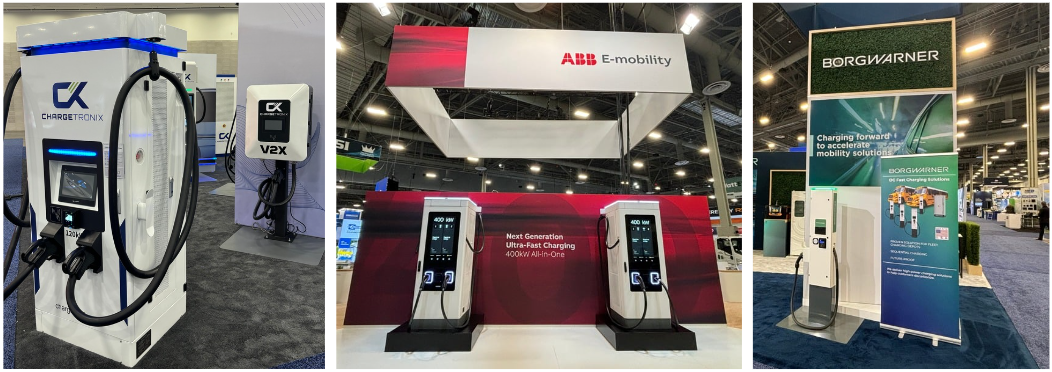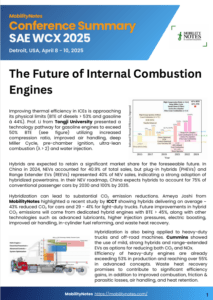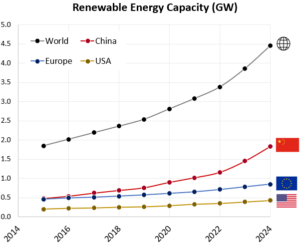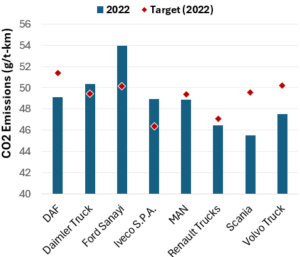Conference Summary
ACT 2024 In Pictures
Advanced Clean Transportation Expo, Las Vegas, May 20 – 23, 2024
The ACT Expo covers all aspects of the latest technologies for commercial vehicles. Participants from a wide array of stakeholders attend – regulators, OEMs, suppliers, fleet owners, infrastructure developers, utilities etc. – providing a unique forum to discuss the “reality” on the ground for the energy transition that is happening, and to show off upcoming technologies at various levels of maturity.
Here are some pictures from the exhibition floor to give an overview of the breadth of technologies discussed.
This does not do justice to the content, however, as we do not cover the excellent talks and panel discussions held in various sessions. A summary of the technical discussions and key takeaways will be provided to MobilityNotes members.


High-speed charging
Speaking of infrastructure, high-speed DC chargers are available are ready for deployment at truck stops (various speakers discussed learnings from recent demonstration projects). The key challenge is to get the power required to these charging points in a reasonable timeframe.

Hydrogen
Hydrogen powered trucking is catching up. Several fuel cell packs displayed, along with a fueling station and of course, fuel cell trucks.
Also being developed are H2 powered internal combustion engines. On display was the H2-ICE engine and demonstration truck.
Sign up here to receive such summaries and a monthly newsletter highlighting the latest developments in transport decarbonization
5-Min Monthly
Sign-up to receive newsletter via email
Thank you!
You have successfully joined our subscriber list.
Recent Posts

Conference Summary – SAE WCX 2025
![]()
A summary of the “SAE WCX 2025” conference held in Detroit.

IRENA Renewable Energy Capacity Statistics 2025
![]()
According to the latest report from IRENA, 2024 saw the largest increase in renewable capacity, accounting for 92.5% of overall power additions.

CO2 Emissions Performance of Heavy-Duty Vehicles in Europe – 2022 Results
![]()
The European Commission has published the official 2022 CO2 emission results for heavy-duty vehicles. Many OEMs are ahead of the targets and have gained credits, while others have their work cut out as we approach the 2025 target.

